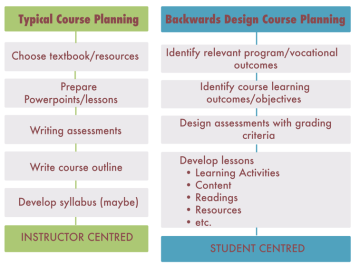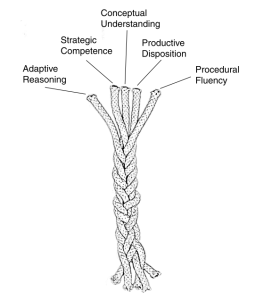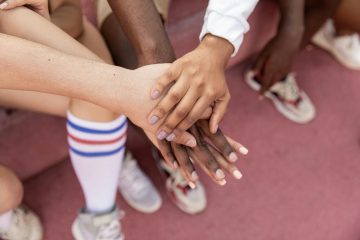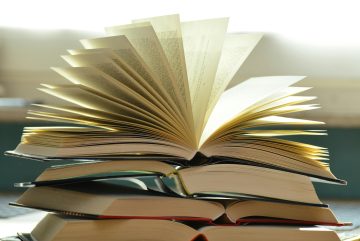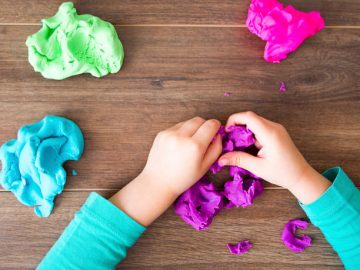Lesson/Unit Planning: a guide for quick review of the essential points
This is a quick guide with questions you might ask yourself about your lesson/ unit plan to check that are considering the most essential points while planning. 1. Why do we teach..? Let’s start with this video to help us understand why thinking about the goal of your lesson/ plan is the first step to […]
Teaching math focusing on competencies rather than content
Mathematics has been known as one of the subjects that focus on content, and consequently, the procedures to achieve the right answer, rather than on competencies, or in other words, on the understanding of the procedure followed by students. However, these two ways should not be seen as irreconcilable! As the National Research Council discussed […]
Games for Language Learning
In a language learning classroom, a game “could be any activity that formalizes a technique into units that can be scored in some way” (Brown, 2001, p. 183). Additionally, a language learning game is an activity “which is entertaining and engaging”, which should be challenging in some way, and which often includes interaction and collaboration […]
Literature Circles: An Introduction
What are Literature Circles? Literature Circles are small groups of students reading and discussing the same book (AKA reading groups, book groups, or book clubs). One of the main goals of lit circles is for students to enjoy reading and engaging in “open, natural conversations about books” (Daniels, 2002, p. 18). During lit circles, the […]
Playdough for Everyone
Playdough is a tactile educational tool that can be used as a way to incorporate creativity and kinesthetic learning into lessons. It is inexpensive and easy to make using available kitchen ingredients (flour, salt, water & oil). Playdough can be used throughout the curriculum for all ages: it can be an effective form of experiential […]

